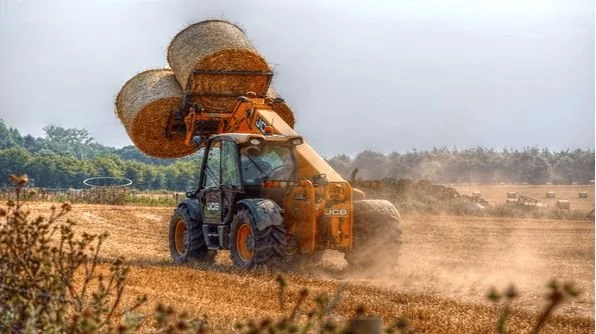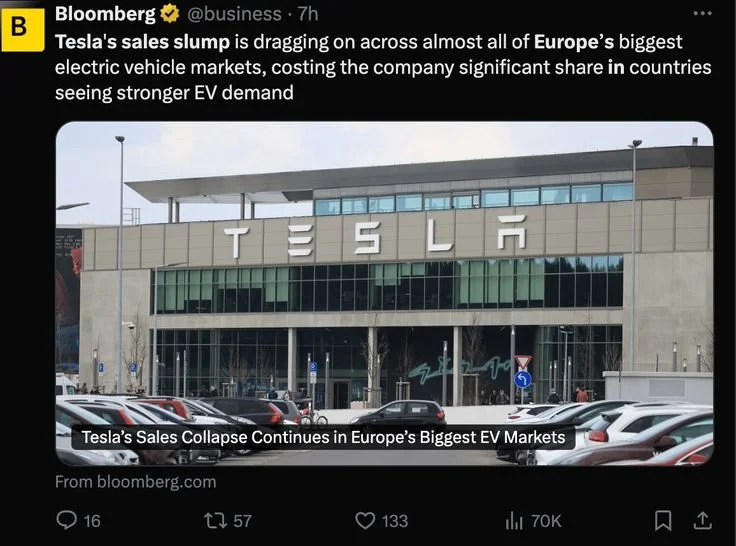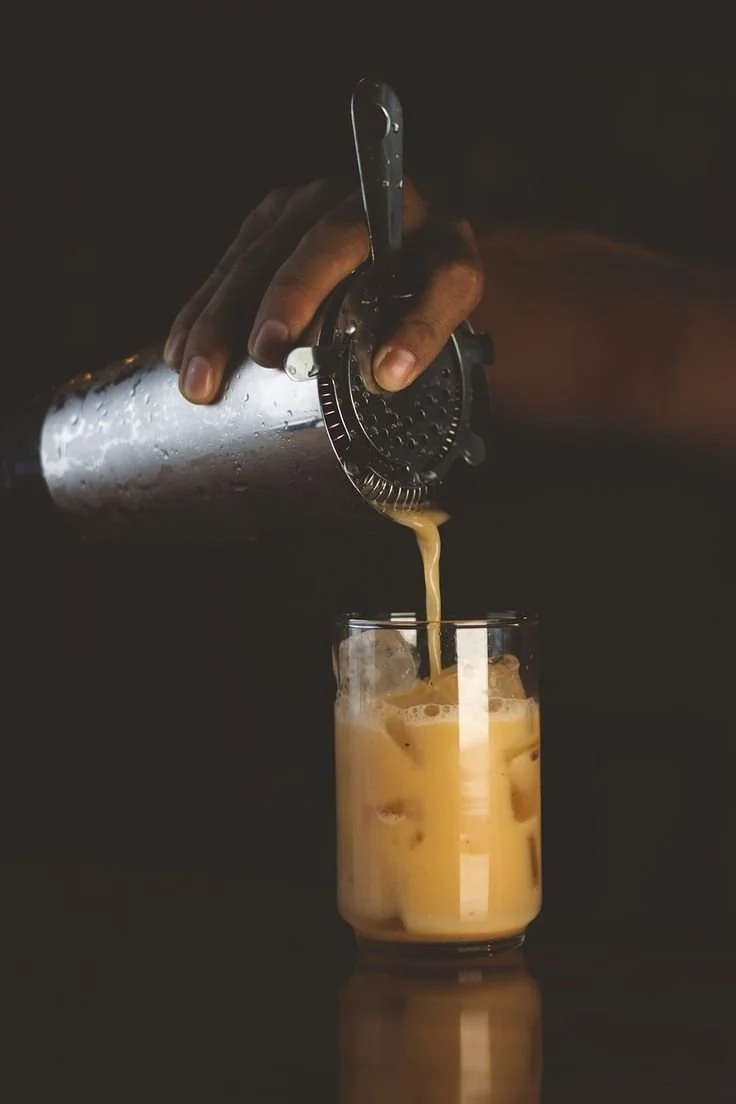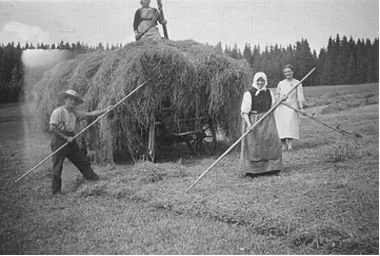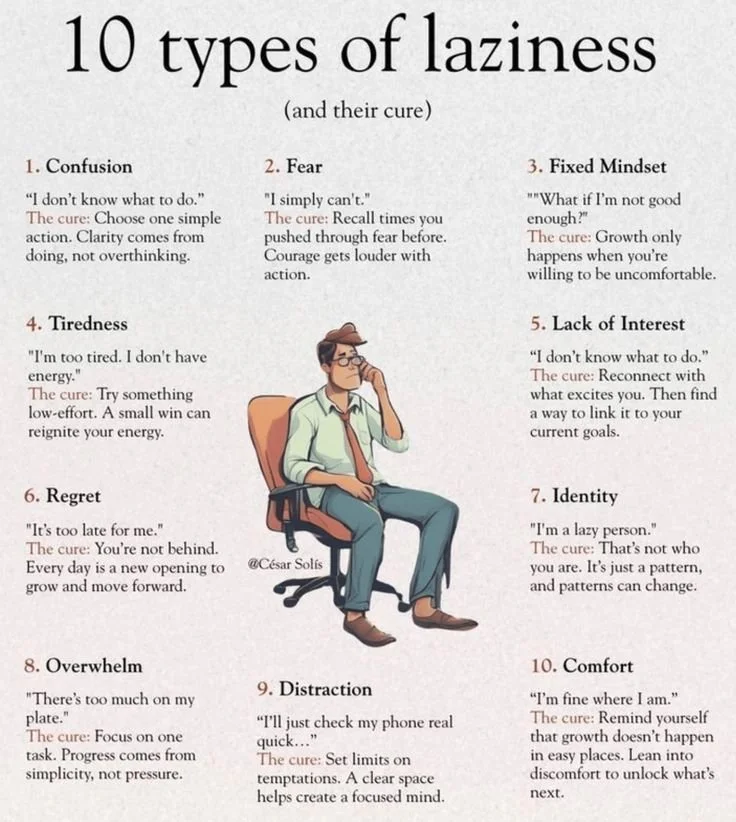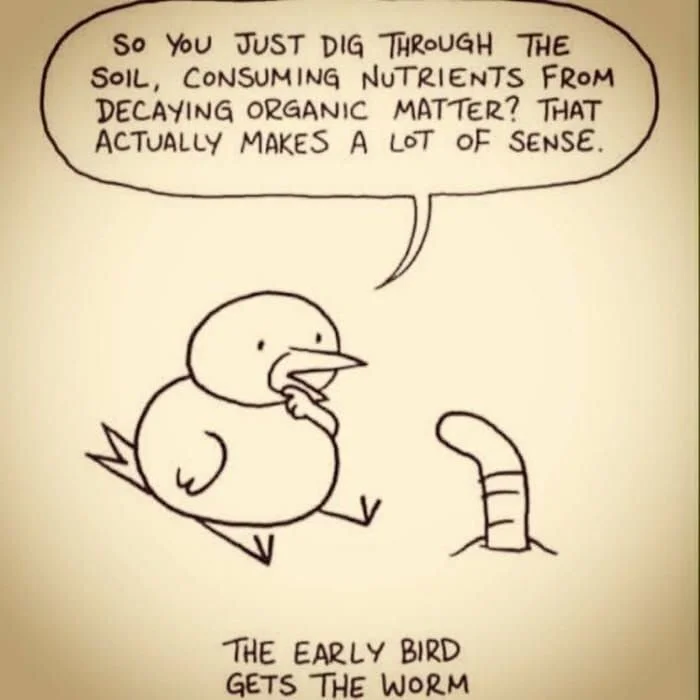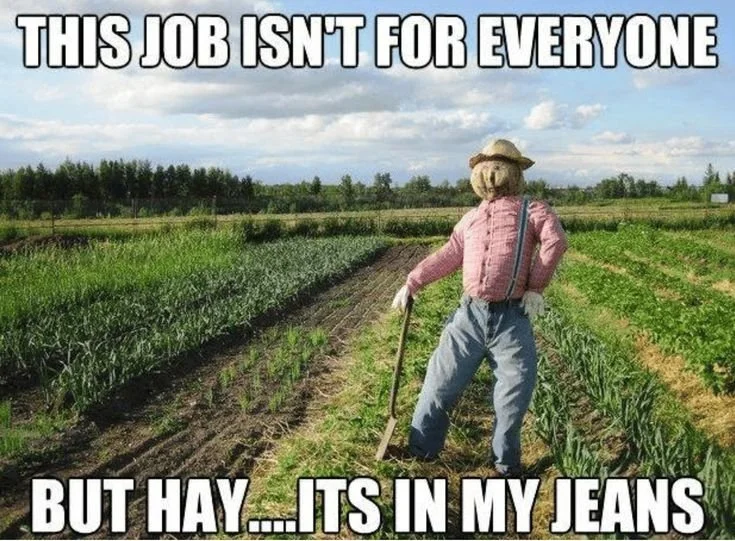Early Bird
“Make hay while the sun shines”
🚜 New in AgTech
The Weed Zapper
As Europe's AgTech innovators race to build a more sustainable and productive sector, a UK-based company called Root Wave is turning heads and frying weeds with a shockingly effective new approach to weed control. RootWave is an AgTech company from the UK championing a game-changing approach to weed management. Instead of relying on chemical herbicides, RootWave deploys high-frequency electrical weed control. RootWave’s patented technology uses electricity to boil weeds from the root up; literally zapping unwanted plants while leaving crops and the surrounding environment unharmed.
RootWave’s system works by passing a high-frequency electric current through weeds using specialized tractor-mounted implements or hand-held devices. This current travels deep into a weed, heats it from the inside, and kills it all the way down to the root. Field tests show up to 99% weed kill rates in a single pass. Call it the weed zapper. Some of the key features of the technology include:
Patented High-Frequency Electricity: Safer for operators and bystanders than conventional Direct Current technologies.
Precision Application: Can target weeds near valuable crops, vines, or trees with pinpoint accuracy.
No Chemicals or Water: Completely chemical-free and uses no water—ideal for regions with strict chemical regulations or water scarcity.
All-Weather & All-Growth-Stage Use: Works in windy or wet weather, and at any crop growth stage—unlike sprays that have environmental or timing restrictions.
If you were to adopt RootWave’s technology, this is what awaits. You will experience significantly better weed control and lower energy costs compared to traditional herbicide systems. RootWave outperforms herbicides that must achieve at least 85% control to be considered effective. Independent trials in maize and sugar beet show RootWave delivering up to 100% weed kill rates, with averages around 99% control. In one trial, RootWave outperformed herbicides by over 60% points. When you look at the whole lifecycle energy, from making the chemicals to shipping them, this patented high-frequency electric weed control uses only about 1/5 of the energy per hectare compared to herbicides. For example, RootWave uses 50 to 98 megajoules per hectare, while herbicides use over 500 megajoules per hectare. Some other ways to control weeds consume a lot more energy, from 800 to above 8,000 megajoules per hectare.
RootWave's solution, which runs on tractors and works with green energy, has lower total expenses per hectare than herbicides for farms larger than roughly 80 hectares. This is because they save money on chemicals, labour, and fuel, and in some areas they can get assistance. According to the company's analysis, the overall cost per hectare (including the cost of equipment depreciation) is better than the cost of using traditional herbicides over time. Yield data from adopters is not given in publicly available sources. The higher weed control efficacy and lack of crop damage suggest good yield implications, since weeds are successfully controlled without affecting crops or soil.
The company has rapidly moved from R&D to commercial deployment and is now expanding across Europe after a recent $15 million funding round. RootWave technology offers:
Higher weed control efficacy, often exceeding herbicides
Lower energy usage per hectare (around 20% of herbicide energy)
Lower total cost per hectare on medium to large farms when accounting for equipment, consumables, labor, and grants
Eco-friendly operation with no chemical residues
These factors make it a promising alternative for farmers seeking cost-effective, sustainable weed management.
-
During what month do people sleep the least?
Hay There!
Haymaking, the quintessential summer hustle for farmers, demands speed, precision, and equipment that can handle everything (from scorching dry fields to the sudden surprise of a summer storm). BKT, the global tyre titan, is bringing specialized rubber solutions to Europe’s hay fields. It is helping farmers save time, reduce soil damage, and boost productivity with tyres designed just for the job.
BKT’s haymaking tyre lineup is engineered to match the specific challenges of every haymaking machine. Their tyres use advanced technologies such as IF (Increased Flexion) and VF (Very High Flexion). These make it possible for tires to work well with lower air pressures while carrying heavier loads. This makes the soil much less compacted, which is bad for soil health and crop yields.
Models like the AGRIMAX V-FLECTO (VF technology) have better grip on soft ground and hills. This helps your vehicle use less gas and wear its tyres less quickly. With a low rolling resistance that keeps your fuel costs low, the RIDEMAX FL 693 M is made to be stable and last on large farm fields and road transfers. The block tread pattern on BKT's FL 635 flotation radials is perfect for hay balers because it spreads weight evenly to protect crops and keep the soil from getting too compacted. The tyres also have great self-cleaning and traction qualities.
This Photo by Unknown Author is licensed under CC BY-NC-ND
Farmers stand to reap real benefits from buying these tyres. Less pressure from inflation and greater weight distribution keep soil looser and healthier. This helps roots grow better and translates to greater yields. Less compaction means less chance of having to spend a lot of money on soil restoration. Better traction and stability lead to more efficient work and transportation since they reduce slippage and fuel use. BKT's long-lasting tyres also cut down on downtime caused by punctures or wear, which keeps machinery running during important hay periods, when timing might mean the difference between high-quality feed and spoilt grass.
Beyond just performance and cost savings, BKT tyres help farmers protect their most valuable asset: the soil. Their low-pressure designs reduce soil compaction, preserving soil structure, aeration, and biodiversity. This healthier soil supports better water retention, reduces runoff, and decreases dependency on chemical inputs—key goals for European farmers under stringent sustainability regulations. Additionally, the fuel savings from using efficient tyres help lower greenhouse gas emissions, which supports the environmental goals established by the EU and the UN.
With over 20% of the agricultural tyre market in Western European nations, including Germany, France, Italy, and the UK, BKT is making great strides in Europe. Europe is currently the company's largest market by revenue. Their substantial presence is supported by alliances with machinery manufacturers and a specialised European headquarters in Italy. But there are still some obstacles. Smaller farms or those with limited funds may be put off by the initial outlay required for high-end tyres. There is also a learning curve for certain operators due to the intricacy of matching the proper tyre to machinery and soil types. This calls for professional guidance and expertise. Lastly, during the busiest hay seasons, supply chain delays may affect availability.
BKT tyres give farmers the ability to farm in a way that is good for the soil, saves fuel, lasts a long time, and has great traction. All of these help farmers adopt sustainable farming practices while also making their operations more efficient and increasing crop yields. These are all important factors for successful AgTech adoption in Europe's changing agricultural landscape.
📢 Tweet of The Week
🌍 Fields & Frontiers
Dairy Revival: The Irish dairy market is really looking up these days! With the demand for premium dairy products on the rise, we can expect some solid returns coming our way. Dairygold's CEO points out that 2025 has brought some great weather and good market conditions, which is really encouraging for farmers who are looking to embrace innovation and sustainability. With AgTech shaking things up in farming by using smarter, data-driven methods, Irish farmers are in a great spot to boost productivity and hit those environmental targets. Maintaining the nitrates derogation while embracing sustainable farming practices is going to be crucial for achieving long-term success and growth. If you want to dive deeper into these exciting developments, check out the full story at Farmers Journal.
Baby Investors in the Making: It looks like American babies are about to become the youngest stock market moguls, thanks to Ted Cruz’s grand plan to gift each newborn a $1,000 "starter kit" to capitalism. Who needs diapers when you can have dividends? Apparently, Cruz got the idea during a poker game, proving once and for all that high stakes and high finance go hand in hand. With these "Trump accounts", kids can soon brag about their investment portfolios instead of their tooth fairy collections. Just imagine a toddler checking their account growth while trying to crawl. Now that's what you call "baby steps" in finance! For all the witty details on how this bill is shaping the future of infant investors, check out the full article at The Texas Tribune.
AGRARIAN Open Call 2: Launched on August 11, 2025, this EU-funded program supports AgTech innovations in livestock, field crops, and viticulture. The program focuses on offering funding for AI, Edge Computing & IoT in Agriculture. If you are wondering who can apply, I’ve got you. If you are an SME, startup, university, and NGO based in EU/Horizon Europe countries with a focus on digital tools for precision agriculture, then this is for you. Hurry and head to the application portal before the deadline; 30th September 2025 1700CET. Visit agrarianproject.eu to apply.
Sip Happens;The Sobriety Hack You Didn't See Coming: The rise of non-alcoholic beer and mocktails has given many people a way to socialize without the hangover. For some, these alternatives help reduce drinking or even support long-term sobriety. Bars and restaurants are increasingly embracing the trend, offering creative zero-proof menus. But not everyone sees these drinks as a solution, with critics questioning their effectiveness and potential downsides. Could the very products meant to help people stay sober actually carry hidden risks? Read on to find out more.
Photo by Cristian Rivadeneira on Unsplash
Teagasc Crops Forum: The Teagasc Crops Forum in Naas, Co. Kildare, on September 10 is a must-attend event for tillage farmers, agronomists, and other people in the agriculture industry who want to find data-driven ways to plan for the next year. Experts will talk about choosing varieties for 2026, new agronomic problems like yellow rust and grassweed pressure, and weed control in winter cereals that looks ahead. The topic for the event is "Protecting Yield and Adding Value."Any agritech company or agri-preneur who wants to remain on top of research and development or pitch new solutions that make work more efficient and profitable shouldn't miss this event by Teagasc.
The Red Carpet Strategy: The Academy Awards may be Hollywood’s most glittering night, but their origins weren’t as glamorous as the red carpet suggests. Born in 1929 at a private dinner for just 270 guests, the Oscars were created to boost the film industry’s image during turbulent times. What began as a low-key gathering quickly morphed into a global spectacle of fashion, fame, and fierce competition. Along the way, the ceremony has reinvented itself to keep pace with shifting cultural tastes and international audiences. But the real story of how the Oscars became the ultimate symbol of cinematic power might surprise you…
Tackling Farm Emissions with AI: To reduce emissions from farms, Coca-Cola is using cutting-edge AI technology. Inputs like water and fertiliser are recommended to farmers based on the system's analysis of massive datasets. The carbon footprint of its main ingredients—sugar, citrus, and coffee—is directly reduced by this precise application. Professionals in the agtech industry can learn a lot from this case study on how to increase supply chain transparency and scale sustainable practices with the use of AI-driven decision assistance. Keep reading AgTechnavigator and other relevant sources like AgFunderNews and PrecisionAg for more on the revolutionary role of AI in agriculture. To learn how Coca-Cola seeks to better serve its customers through embracing technology, visit Coca Cola.
Flying High: At just 27, Jim Tang was on his way to early retirement—earning upwards of $300,000 as a software engineer at Google. But the perks and prestige couldn’t outweigh an inner sense of discontent, and after a 12-week leave, he made the bold move to quit. Now, he’s roaming Asia as a digital nomad, crafting digital products and coaching content with renewed energy and a renewed sense of purpose. Jim’s story flips the script on the traditional definitions of success from fire, fame, and fortune to fulfillment, freedom, and flexibility. Want to dive into the full journey of what sparked his firing of Google and pursuit of a freer life? Read the full article on Business Insider.
🎞 Monthly Musings
Hay Jude: A Love Song to Grass
If you think making hay is a tough job, try going old-fashioned and make it by hand. On a dewy morning long ago, before machines hummed across fields, farmers in ancient Europe bent to the simple scythe-steel glinting in dawn light-as they began the centuries-old ritual of haymaking. Whispering to each blade, they painstakingly chopped the grass by hand, arranged it in rows that were illuminated by the sun, and promised that it would feed the winter herd. The agricultural miracle of scythe cutting, drying, raking, and stacking hay was described by Columella of Rome as a means by which civilisation was able to expand northward. Fast forward to medieval Ireland in the 12th century, where lands beside riverbanks first flooded in winter became testbeds for hay fields. Meadow grasses were harvested and stored for the upcoming lean months ahead. Horses and cattle would not have survived harsh winters without hay, nor would Europe's great cities have emerged.
Cutting grass using a scythe or sickle and then raking it by hand was still the norm for haymaking in the 17th and 18th centuries; a good day's labour hardly covered an acre. The arrival of red clover, timothy, and other European grasses improved yields, but the burden was still carried by people and animals.
This Photo by Unknown Author is licensed under CC BY-SA
Then: Industrial Revolution spark! The late 18th century brought the first wooden rakes and horse-drawn machines; hay output surged around 1790. By mid‑19th century, mowing tools, tedders turning the swaths like golden hay fans in the wind, and rakes mechanized the drying process. With invention of the hay press (~1850) and balers in early 20th century—square and round—the farmer's prize shifted from sweat to strategy.
Today we know hay as sleek bales, moisture meters, tedders, balers—but the heart is unchanged: the sun‑kissed grass, the patient drying, the store it into barns. Each bale carries within it centuries of innovation, resilience, and the magic that turned grass into a lifeline.
-
February. It’s the shortest month!

